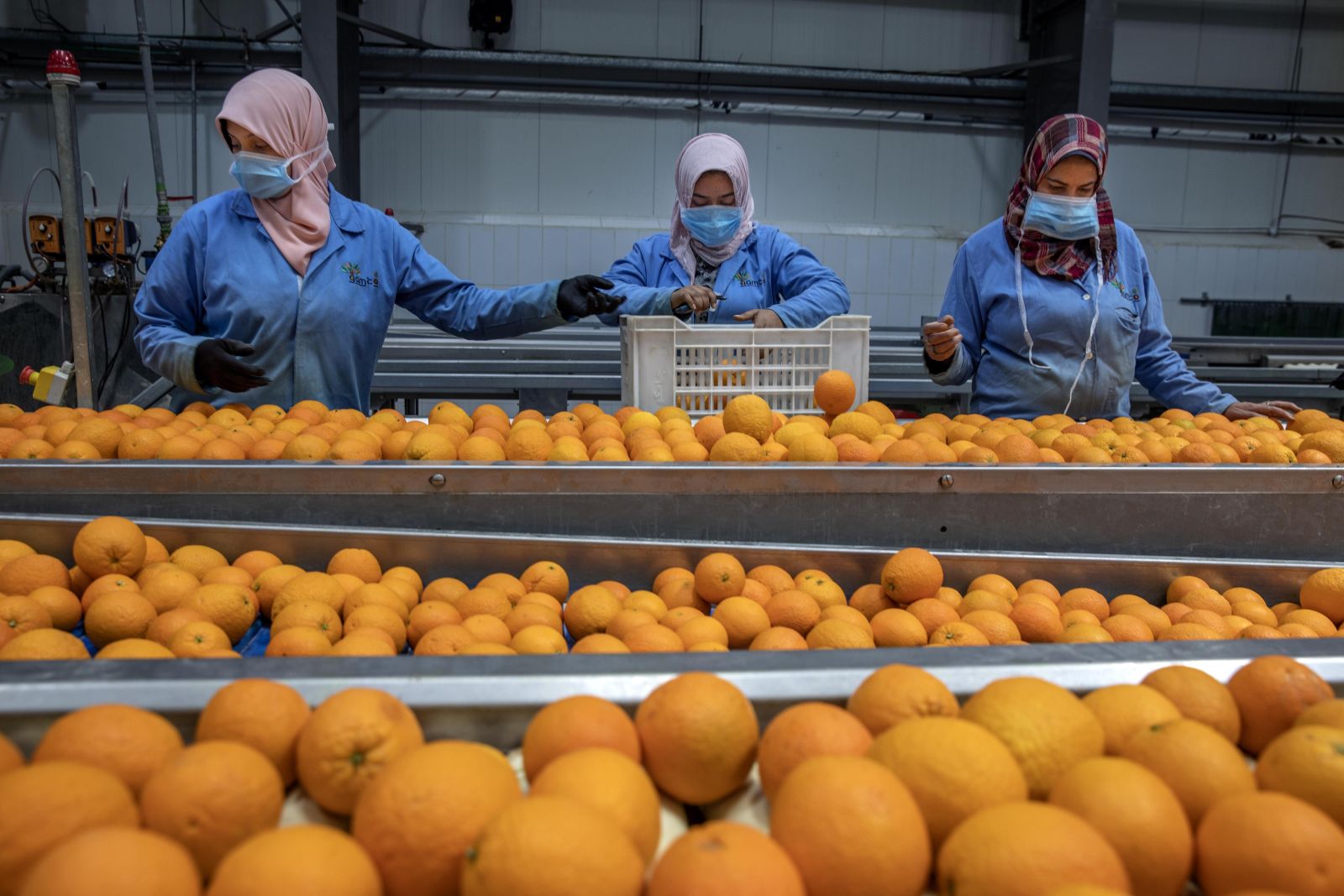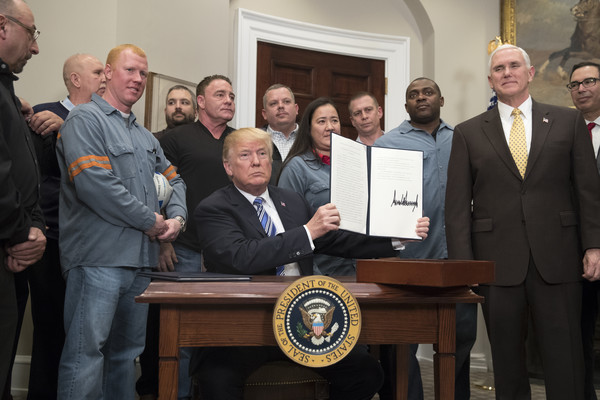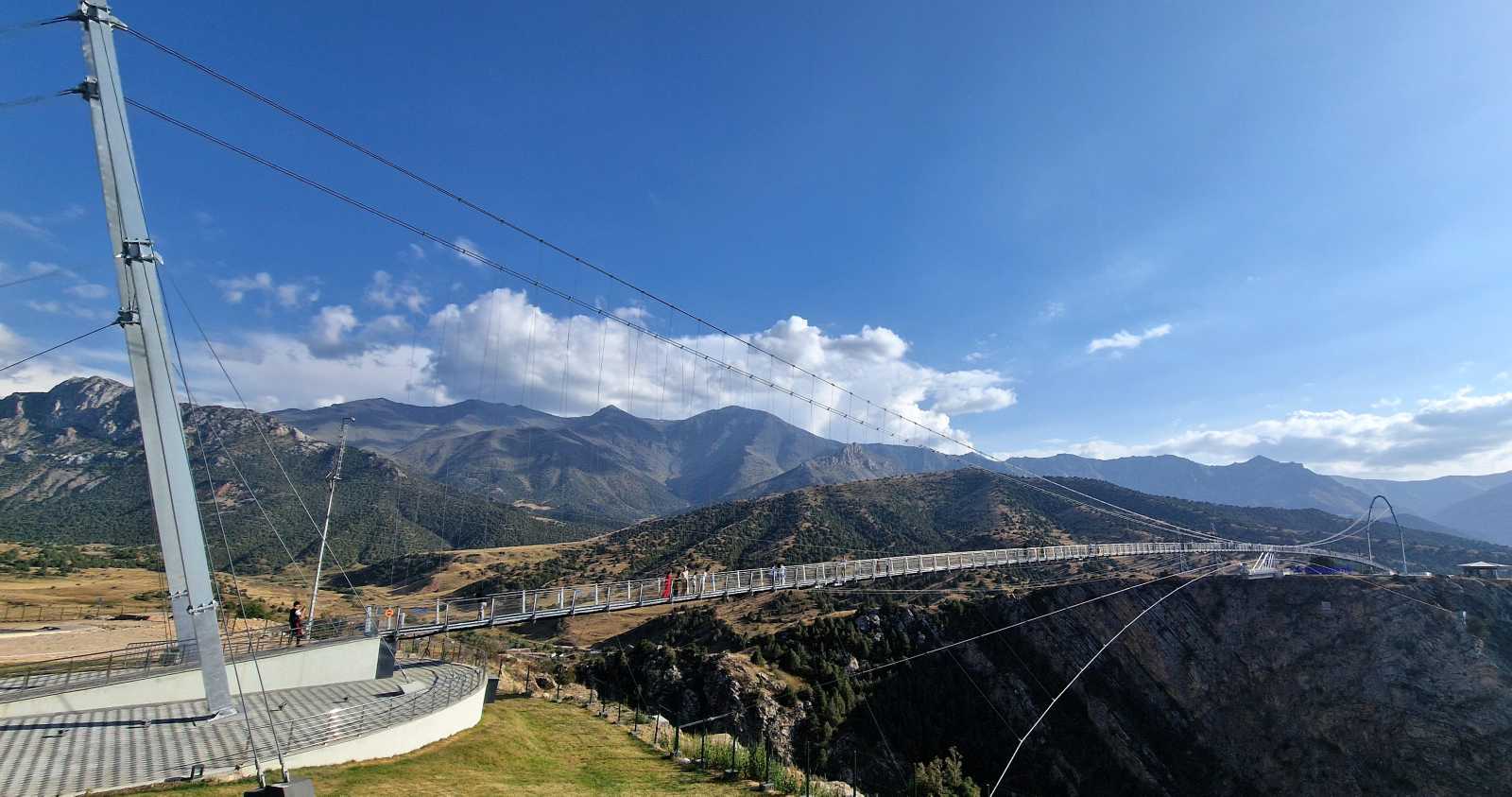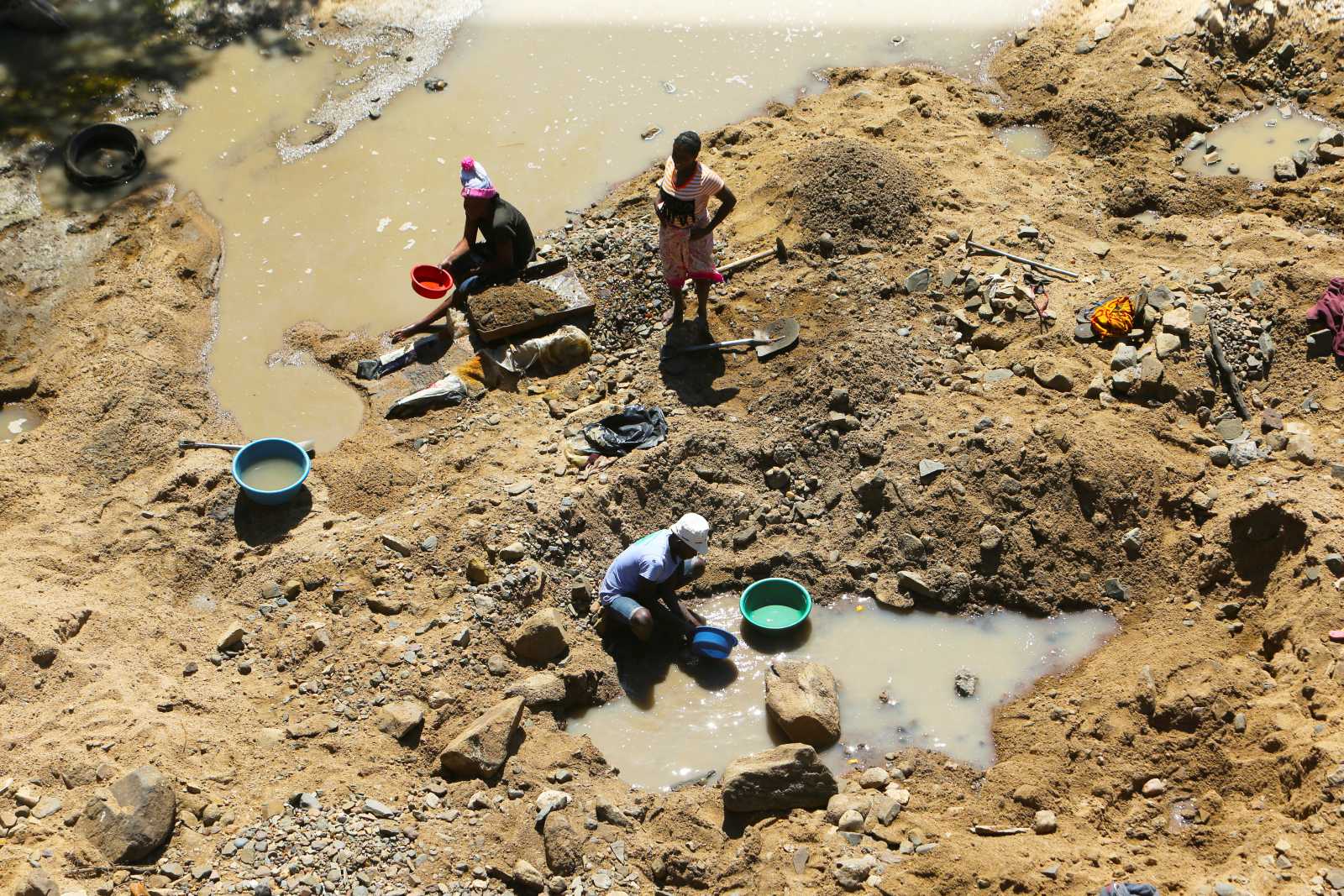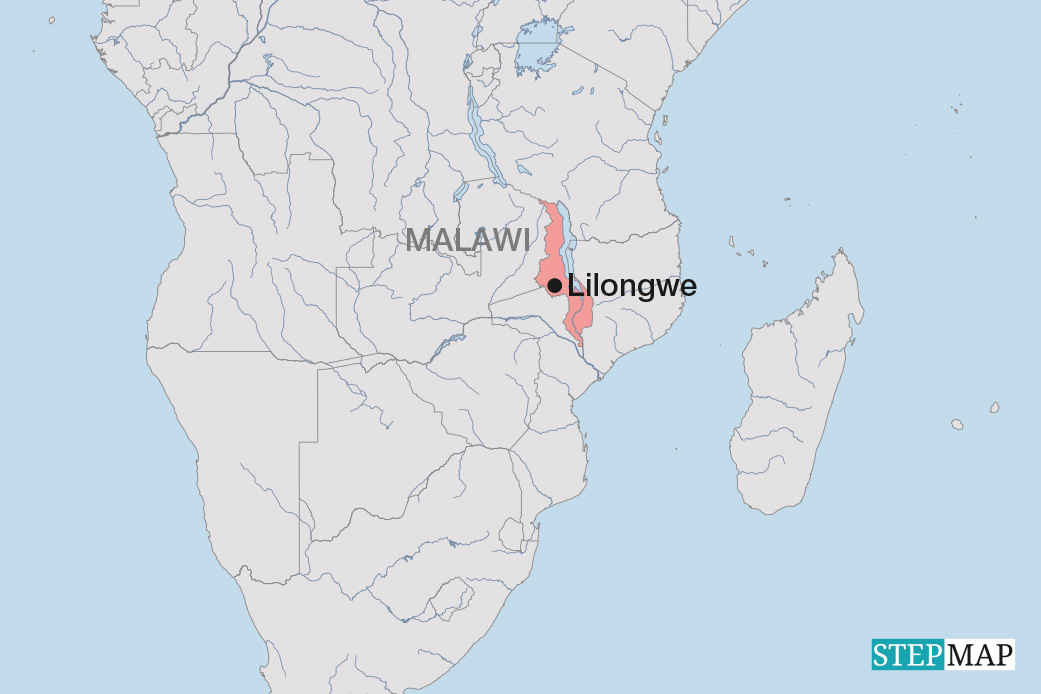Trade agreements
Risks of TTIP and TPP
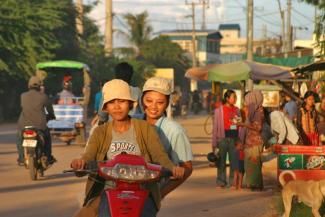
With TTIP, free trade has entered the public debate in Europe. But the potential impact on third-party states, particularly on developing countries, is hardly an issue. This is unfortunate, because TTIP is set to transform the world trading system – with far-reaching implications for developing countries.
TTIP is an example of the growing economic regionalisation of trade that results from comprehensive free-trade agreements between different world regions. Instead of emphasising tensions between TTIP and the WTO, public debate should focus more on which developing countries stand to profit from the so-called “mega-regional” agreements and which countries are likely to be marginalised.
TTIP is part of the trend towards ever broader market liberalisation outside the WTO. In some areas, the increased pressure to liberalise is at odds with development goals. Moreover, negotiations of mega-regionals outside the WTO further reduce the influence of the world’s least developed countries. New ideas about trade governance are needed in order to minimise impacts of this kind. An asymmetric opening of mega-regionals for developing countries would be a step in the right direction.
Regionalisation of trade policy
Focusing trade policy on individual regions allows governments to specifically select or exclude trade partners. The TPP agreement between the US and 11 Pacific states excludes China, for example. China, however, is negotiating its own regional free trade agreement (RCEP) with 15 Asian and Pacific partners.
In principle, the WTO does not permit discrimination. Its rules stipulate that a market opening agreed with one of its members must apply to all of its members. Regional trade agreements are only compatible with WTO rules if they go beyond WTO agreements. The problem for developing countries is that they risk to be left behind.
The regionalisation of trade agreements has different implications for third countries. Countries considered relatively unimportant in economic or geopolitical terms face significant disadvantages. Risks are lower for emerging trade powers like Brazil, India and China (BIC). Because of their economic and political clout, these countries can enter the competition for regional trade partnerships. Strategically important regions like Southeast Asia may even be able to benefit if they manage to play competing trade partners off against one another.
Africa is a different story. To date, no African country has participated in the negotiation of a mega-regional free trade agreement. In Latin America and Asia, some countries have taken part, but there are losers in these continents as well. Bangladesh could lose market shares: reduced tariffs in US garment markets for Vietnam in TPP and for US exports to the EU through TTIP could crowd out Bangladeshi exports in both markets.
Developing countries excluded from mega-regionals are likely to suffer losses in trade and competitiveness. Should mega-regionals redirect trade flows, these countries would also have a harder time accessing capital and technology. Moreover, the influence of many developing countries is declining because they are not involved in the negotiations. Only governments that take part in the negotiations can speak up for their own interests. It is striking, for example, that neither TTIP nor TPP negotiations address agriculture subsidies in the EU or the US, even though those subsidies matter very much to developing countries.
Far-reaching liberalisation
The spread of mega-regionals is putting pressure on developing countries to liberalise. To comply with WTO rules, these agreements must go beyond existing multilateral commitments, so they liberalise trade between partners even further. Since tariffs and quotas have already been reduced substantially, mega-regionals focus on dismantling non-tariff barriers to trade – including social and environmental regulations as well as rules for cross-border services and investments.
Developing countries that do not want to be left behind are forced to agree to liberalisation in more and more areas covered in mega-regional agreements. In the past, developing countries joined forces in the WTO to prevent international rules on matters such as investments. Comprehensive protection for investors primarily serves the interests of industrialised countries from which 85 % of all related investor-state complaints originate. For developing countries, which often struggle to bear the costs of a strict investment protection regime, blocking investment protection clauses is more difficult in regional negotiations.
The TPP negotiations already confront developing countries with many issues that, so far, do not figure prominently at the multilateral level. Their impact on development varies from case to case. For example, TPP is supposed to strengthen intellectual property rights, which could make it harder for developing countries to access affordable medication. In addition, rules on competition are being negotiated that would limit state support for corporations. These rules would have an impact on state-owned enterprises in Vietnam and Malaysia, though it is unclear what the consequences would be.
TPP also offers the US a bargaining chip to demand compliance with labour standards: For instance, Vietnam is asked to commit to a bilaterally negotiated “Labour Action Plan”. Members of the US House of Representatives are calling for similar agreements on labour standards with Brunei, Malaysia and Mexico. While strengthening workers’ rights is a worthwhile goal from a human-rights perspective, many developing countries see it as
a burden that reduces their competitive advantage.
In the WTO context, developing countries have more latitude to pursue market liberalisation that corresponds to their national development levels. For example, no African country except for Mauritius has asked to join the talks on the WTO’s plurilateral Trade in Services Agreement (TiSA), whereas China, which has a more competitive service sector, has expressed interest in joining the TiSA talks.
Asymmetric opening
TTIP and other mega-regionals will remain on the agenda in the coming years. Their members will negotiate a degree of liberalisation currently unattainable in the WTO. Transnational corporations expect to benefit from these agreements. They will put pressure on their governments to promote this far-reaching liberalisation – regardless of the risks involved for those states that are not willing or able to follow suit.
Potential consequences must be spelled out more clearly in the development debate. TTIP and TPP will not just yield economic benefits; they also represent an attempt by the EU and the USA to counterbalance the increasing influence of BIC countries. This type of competition for political and economic spheres of influence is not in the best interest of marginalised developing countries.
Poverty reduction is not a priority of trade agreements. Most states are primarily pursuing their own economic interests. That is true of China too. However, excluding entire trade regions will harm third countries and can also contribute to political instability. The frequent call to strengthen the multilateral level should be heeded, but more must be done in light of the expected expansion of mega-regionals and their possible consequences.
The international community must discuss new trade models in order to be able to better respond to current developments. Simply joining mega-regionals like TTIP is not the best, leave alone a healthy option for many developing countries. The demands for liberalisation would be too high. It would be better if these agreements allowed an asymmetric opening for developing countries. Depending on each country’s state of development, different accession conditions could be determined.
As in the WTO context, asymmetric liberalisation would mean that fewer and less demanding obligations would apply to the least developed countries in areas such as services, competition and investments. Such differentiation would keep up with trade development: because of lower tariffs worldwide, the value of existing trade relationships has decreased for developing countries in the past decade.
However, simply allowing third countries to join mega-regionals will not balance out historical inequalities in the world trading system. A fundamental debate about the goals of global trade policy is needed – including at the multilateral level. Instead of just targeting growth, the trade agenda must relate to fighting poverty at global and national levels. That prosperity is growing for many people worldwide, after all, does not mean that everyone in marginalised countries will benefit.
Clara Weinhardt is a research associate at the Global Public Policy Institute in Berlin. cweinhardt@gppi.net
Fabian Bohnenberger is a research assistant at the same institute. fbohnenberger@gppi.net


